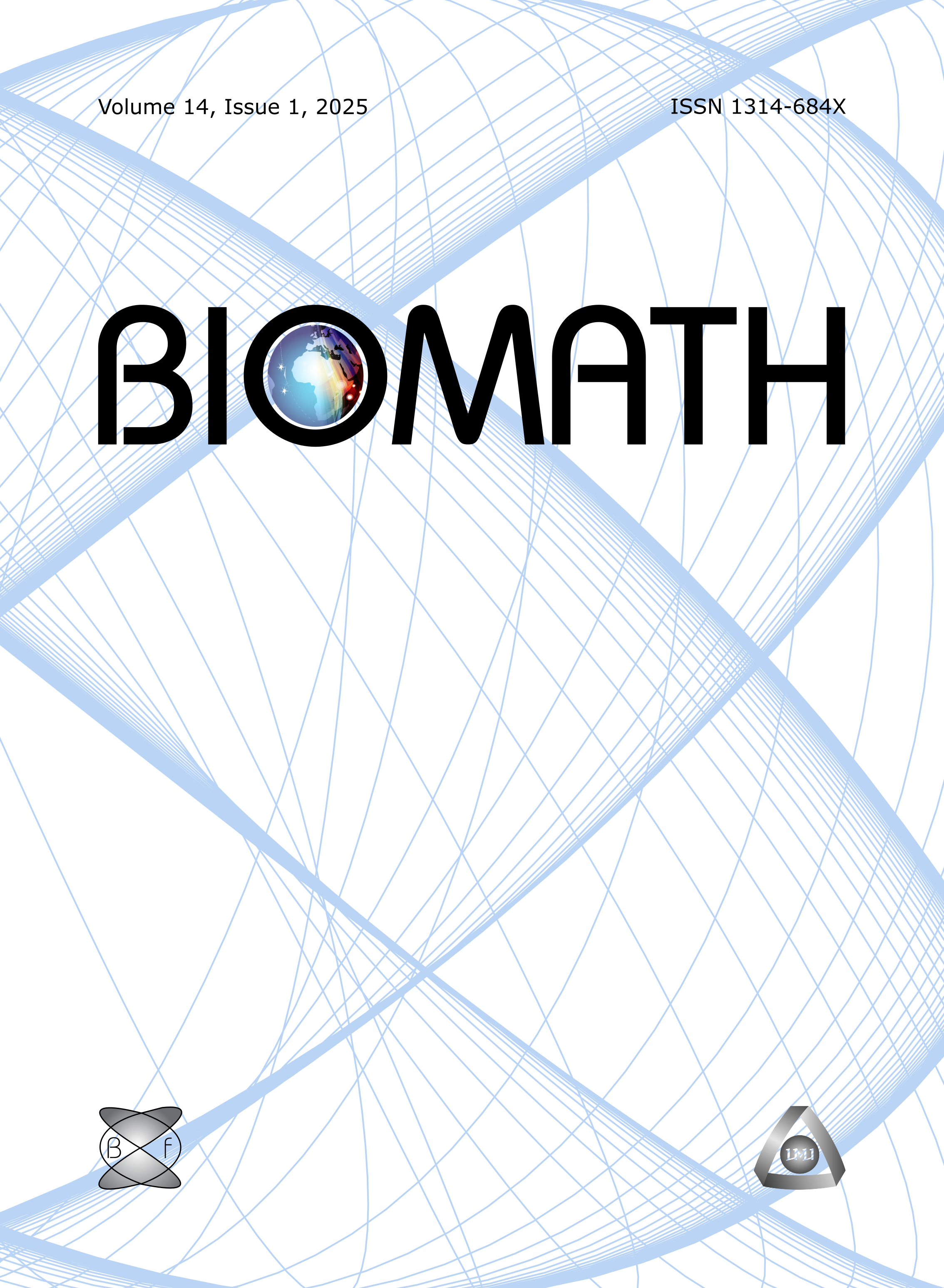A Mathematical Model for HIV/AIDS Under Pre-Exposure and Post-Exposure Prophylaxis
DOI:
https://doi.org/10.55630/j.biomath.2022.08.319Keywords:
HIV/AIDS, Undetectable, Pre-Exposure Prophylaxis, Post-Exposure Prophylaxis, ModelAbstract
HIV/AIDS has a strong impact on society, the economy, and health. Early diagnosis of cases, adherence to treatment, and prevention are important factors in controlling the epidemic in the population. In this paper, we present a new mathematical model for the study of HIV/AIDS transmission. Our model is stratified in men and women, to account for the main forms of sexual transmission homosexual and heterosexual relationships, and infectiousness in the HIV and AIDS stages. In addition, in the construction of the model, we take into account the influence of Pre-Exposure Prophylaxis (PrEP) and Post-Exposure Prophylaxis (PEP) to study the impact of these implementations, diagnosis, and effectiveness of treatment based on viral load undetectability. We study the basic reproduction number by subpopulation (men and women) and general. Working by subpopulations allows us to study men who have sex with men who have a strong impact on virus transmission. Also, we study the infection-free equilibrium points due to their relationship with the basic reproduction number and demonstrate the global stability by subpopulation and general. To explore our model, we performed computational simulations on a scenario designed with data from the literature and assumed, studying the influence of the parameters associated with the use of PrEP, PEP, and undetectability on the basic reproduction number by varying them individually and jointly. We concluded that in women the basic reproduction number is always lower than unity and that in men the parameter associated with the undetectability of the viral load in HIV men has a strong influence on the dynamics. We also address the impact of PrEP, PEP, and undetectability in HIV and AIDS on the compartments, considering different scenarios varying the parameters jointly and independently and by sex which show difficulty in reducing women with AIDS. The scenario that showed the best results in the reduction of the number of HIV and AIDS cases was when the parameters associated with undetectability in HIV and AIDS men and women take the 90-90-90 that is proposed in the World Health Organization (WHO) strategy.
Downloads
Published
Issue
Section
License
Copyright (c) 2022 Erick Manuel Delgado Moya, Diego Samuel Rodrigues, Alain Pietrus, Aymee Marrero Severo

This work is licensed under a Creative Commons Attribution 4.0 International License.
The journal BIOMATH is an open access journal. All published articles are immediately available online and the respective DOI link activated. All articles can be accessed for free and no reader registration of any sort is required. No fees are charged to authors for article submission or processing. Online publications are funded through volunteer work, donations and grants.
Authors who publish with this journal agree to the following terms:
- Authors retain copyright and grant the journal right of first publication with the work simultaneously licensed under a Creative Commons Attribution License 4.0 that allows others to share the work with an acknowledgement of the work's authorship and initial publication in this journal.
- Authors are able to enter into separate, additional contractual arrangements for the non-exclusive distribution of the journal's published version of the work (e.g., post it to an institutional repository or publish it in a book), with an acknowledgement of its initial publication in this journal.
- Authors are permitted and encouraged to post their work online (e.g., in institutional repositories or on their website) prior to and during the submission process, as it can lead to productive exchanges, as well as earlier and greater citation of published work (See The Effect of Open Access).

